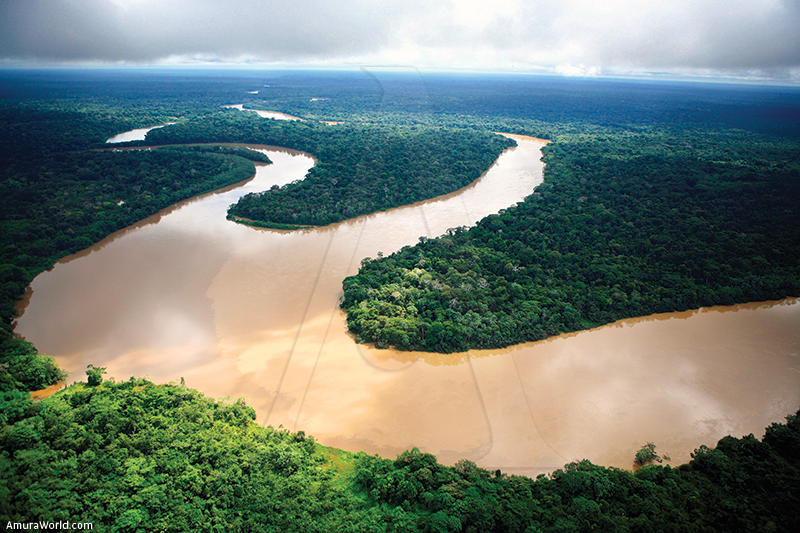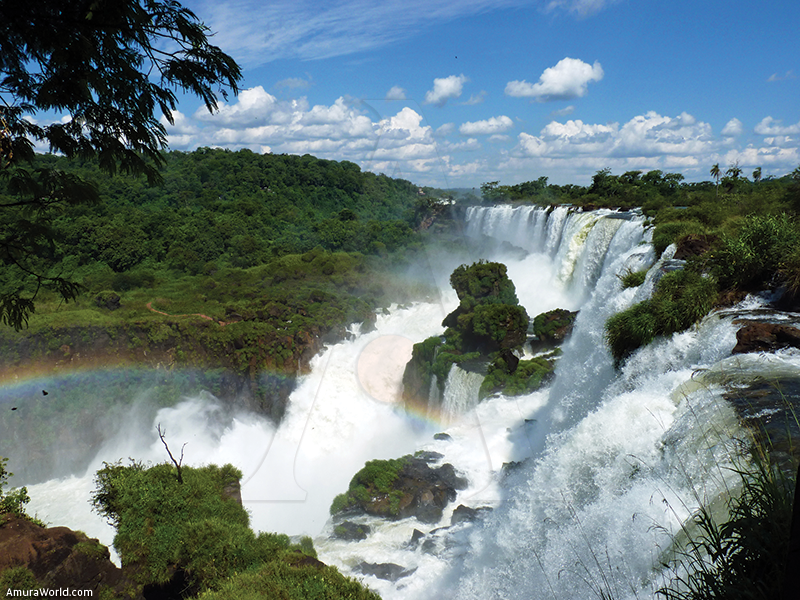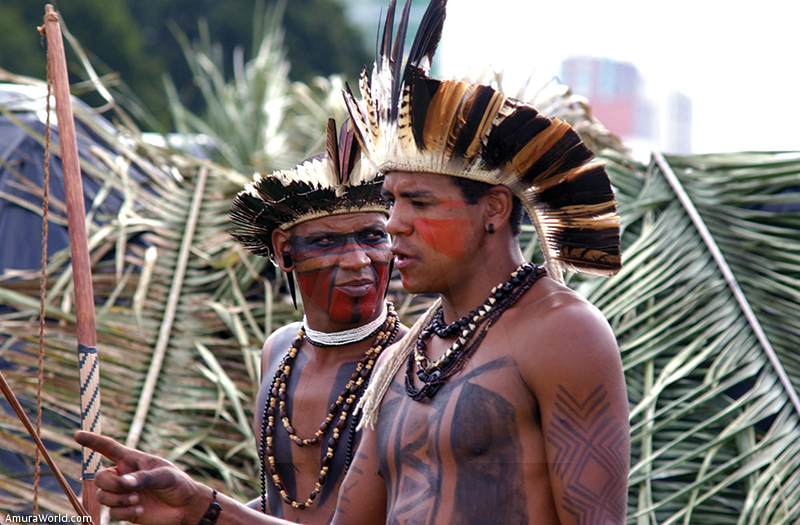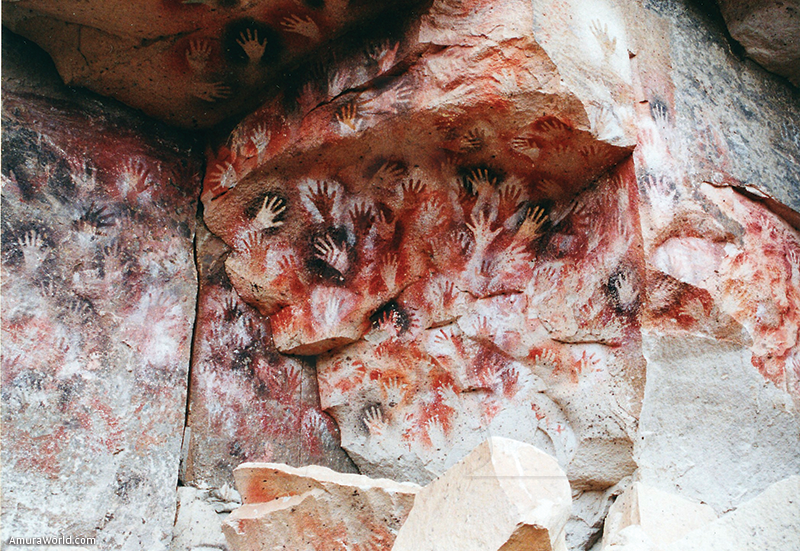Brazil is much more than football, samba and rhythm. There are also deep roots that inhabit in the people who live in this country, ready to be discovered.
With the first sustainable world cup at the door , it is very pertinent to to speak of this part of this Southamerican culture that might be unkown: its enviroinmental awareness.
Since 1988 the Brazilians are owners to the constitutional right of having an ecological balanced environment, because of this, the State is obliged to conserve it. Maybe due to this so many places are protected, along with a growing culture of respect and responsibility toward nature.
Getting down to work
One of the government’s first actions was the creation of the National Conservation Unit System, meaning, protected areas. These zones already existed in several places of the world and date back to 1872. Finally, Brazil entered the group of countries that protect woods, rainforests; entire regions, but also has been concerned for the people, its costumes, the gastronomy and ancestral traditions, which convey so well with its imposed modernity.
They divided the conservation units in two great categories: of sustainable use and of integral protection. The reasons to create these spaces are to preserve the sacred grounds in which human presence is not allowed and the conservation of natural reserves. The intention is for the exploitation not to surpass reality, meaning, constantly renewing what has been used. The target is for the resources to continue existing, but the communities may also take advantage of what nature offers: balance.
This is the way Brazil lives today. In fact, the government and the initiative by the United Nations Program for the Environment launched an arrangement called Green Passport, with the finality of have an influence in the behavior of tourists, for respect and conservation, besides the incentive of purchase and hiring of products and sustainable services.
Places to explore
In the profoundness of the vastest tropical rain forest of the world, we encounter a paradise. Cradle of legends, where the protagonists are deathly snakes, fantastic fish that can devour you, crystal clear waters, tree branches that form exquisite shapes and birds that you can’t even imagine. These adventures are for a very particular niche: those people who have seen many things in the world…and keep hungry for learning. Here you experience a direct contact with nature like in few places around the world. This type of tourist is concerned about nature and its conservation.
Paraty: First stop of the Green Passport
The Estate of Rio de Janeiro has been the first sustainable destination in the country. Here you may enjoy a different kind of travel, where local gastronomy will be a focal point in the traverse. The restaurants offer products generated by families and artisanal fishing. Of course, a tour through the distilleries of the zone cannot be missed where the main star is a tradition of the region: the cachaça, a sugar cane alcoholic beverage.
This isn’t the only reason to visit Paraty, here is a reason of why it was chosen for the green passport. It is a city surrounded by vegetation, the Bocaina mountain chain which frames it while the blue and crystalline waters of Bahía Grande complement the landscape. Its pebble streets and colonial houses with White walls are always sunny, its baroque churches and its antique surroundings (from 1600) are a National Heritage
Paraty is also the Gateway to 50 islands and its beaches are the perfect destination to rest amongst the happiness of the locals; it’s very mestizo past (English, Italian and German established in the region, mixing with the natives) who gives it a particular touch.
All the way to the South
The principal star without a doubt is the National Park and Human Heritage Cataratas de Iguazú.
Its waterfalls are so stunning, they exceed four times the ones in Niagara.
People in this territory are also famous. The Guarani natives inhabit a great region that includes the South of Brasil. They are a semi-nomad tribe, warrior and ancient, who fill wisdom with nature. They know how, when, were and why to intervene in determined spaces. This leads us once more the Brazil’s intention of returning to its origins of balance with nature.
When to go: From April to October.
The Amazon: King of the Jungle
One fifth part of the sweet water reserve is found here, 10 rivers converge in its lands, medicinal plants, unique species, immense trees native of the region and friendly animals, end up tracing the landscape and Amazonian adventure.
For accommodation, nothing is better than Manaos, were you can observe a very particular spectacle: the encounter of the río Negro and the Solimões, which once united, form the Amazon River.
Inside the territory of the Amazon’s Reserve Pico da Neblina National Park is found, alongside January Ecological Park, both with special secrets.
A indispensable experience in this type of tourism is the one that approaches you with the very particular folklore of the local natives: The Festival of Parintins. By the end of every June, the city with the same name is filled with color, music and traditions. In fact, it is considered the most important cultural diffusion to the North of the country. During three nights, two sacred ox explore the legends and costumes of native rituals, through scenarios, dances and allegories.
National Park Sierra de Capivara
This Human Heritage has a unique highlight: the cave paintings of over 50,000 years found in caves. The archeological territory is witness of the prehistoric habitants that lived here. The landscape alone is also a reason to visit: limestone erosion in capricious shapes are the scene for the perfect and totally unexpected picture in Brazil.
This park is located in the Southeast of the estate of Piauí, in the east and it is the zone with most archeological concentration in the continent.
If you think that this all the Brazilian nature has to offer…you are wrong. There is so much to see, that many editions wouldn’t suffice to cover it. You have the opportunity to witness these wonders, embark on an adventure!
Text: María Mendoza ± Photo: WPS / Brownspoon / getty images / pescavison /espacio sustentable/ sdf









